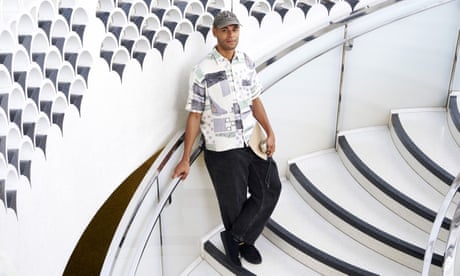Aguas calientes
2019 - Sculpture (Sculpture)
21 x 25 x 23 cm, 35 x 25 x 27 cm, 28 x 54.5 x 46 cm
Gabriel Chaile
For the project Aguas calientes Gabriel Chaile exchanged silverware from three popular soup kitchens (mutual aid organizations to provide food for people in need) in Buenos Aires to brand new cooking utensils to shape his project. Chaile then reworks the used goods, welding and engraving the names of their sites of provenance and imagery from local indigenous community’s visual repertoire; faces from vessels and iconography present in Cultura Tafí, Condorhuasi, Alamito, Santa María, Candelaria, and Ciénaga. Through this operation, he translates the idea of the “communal pot” into a meeting point for mutual cooperation and political resistance. In this project, Chaile reveals how everyday objects are imbibed in social and political relations, and their use and context mark their surfaces. The pans and pots used in the project are from the late 90s, having fed hordes of people during Argentina’s most challenging economic crisis. By devising new uses for items that once had a clear purpose, Chaile reprograms its fate and somehow retrieves, through those specifically used utensils, magical properties of pre-Columbian vessels. Simultaneously, the artist calls into question an entire system of power relations established by the “official” narratives and its classist progression, against which the pot and its form stand. The project was first shown in 2019’s edition of Art Basel, where the artist was present offering cups of mate cocido infusion (a popular Argentinian drink) every day at 5pm, in a subtle irony to English tea-time.
Gabriel Chaile’s work draws on references ranging from Pre-Columbian cultures to Conceptualism in often-usable sculptures involving bricks, adobe structures, and other found objects. He employs a critical-poetical approach to the sacred and its rituals, the political and indigenous communities of South America and his often-humorous works are invariably underscored by rather pointed social engagement. Chaile’s anthropological and visual research revolves around two key concepts: “the engineering of need,” consisting of creating objects and structures that collaborate in improving the conditions and raising awareness to extreme scenarios; and the “genealogy of shape,” which approaches the history of forms that have survived time and denote resistance, such as the clay oven and the common pot. Calling attention to class disparities and genealogy, Chaile invokes his indigenous roots to claim the reconstruction of pre-colonial identity and continue the lineage of these cultures through his own interpretation, propelling an inventive reparation journey.
Colors:
Related works sharing similar palette
» see more

© » KADIST
James "Yaya" Hough
2016This untitled ink and pencil drawing by James “Yaya” Hough is made on what the artist calls “institutional paper”, or the state-issued forms that monitor the daily activities of prisoners, of which, each detainee is generally required to fill out in triplicate...

© » THE GUARDIAN
‘The more art I see, the broader my perspective gets’: a visual artist’s week with the National Art Pass | Me and my National Art Pass | The Guardian Skip to main content Skip to navigation Skip to navigation Paid content About Paid content is paid for and controlled by an advertiser and produced by the Guardian Labs team...
Related works found in the same semantic group
» see more

© » KADIST
Mariana Castillo Deball
Mariana Castillo Deball’s set of kill hole plates are part of a larger body of work problematizing archeological narratives, and drawing attention to the conservation process and its role in recreating an imagined object...

© » KADIST
Prabhakar Kamble
2022To produce the series of sculptures collectively titled Utarand , Prabhakar Kamble relocated his studio to Kolhapur, Maharashtra, near the village where he was born into a family of daily wage earners...

© » WHITEHOT
On Sung Hwa Kim: Today’s Yesterday, Yesterday’s Tomorrow at Harper's Chelsea 512 advertise donate post your art opening recent articles cities contact about article index podcast main February 2024 "The Best Art In The World" "The Best Art In The World" February 2024 On Sung Hwa Kim: Today’s Yesterday, Yesterday’s Tomorrow at Harper's Chelsea 512 Installation view...

© » KADIST
Prabhakar Kamble
2022To produce the series of sculptures collectively titled Utarand , Prabhakar Kamble relocated his studio to Kolhapur, Maharashtra, near the village where he was born into a family of daily wage earners...


